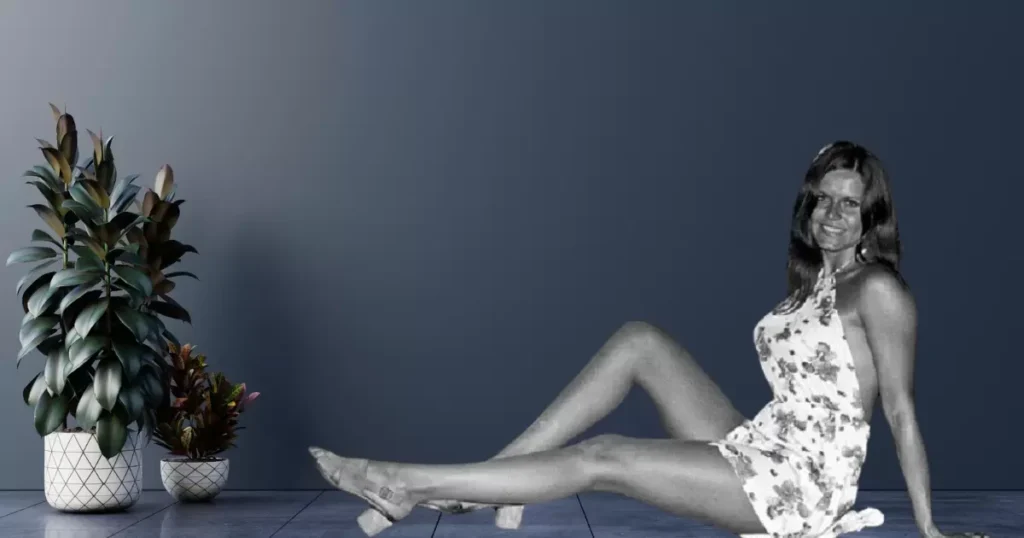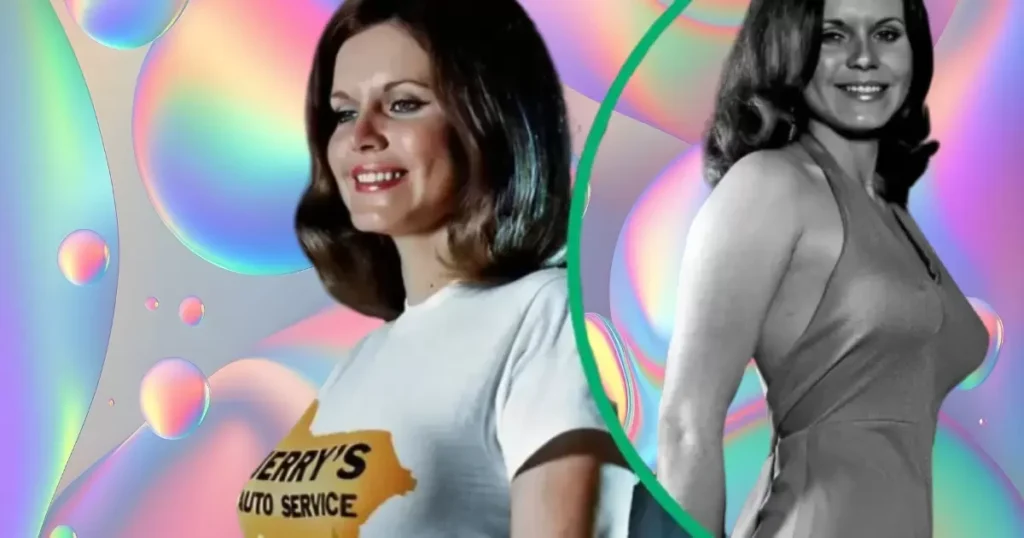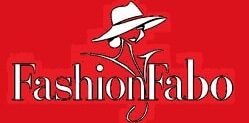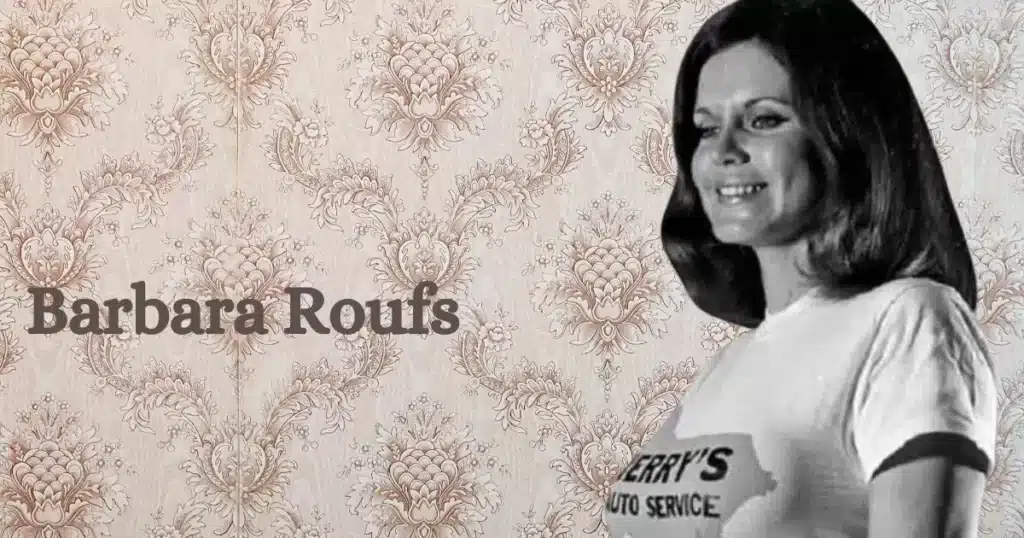In the vibrant tapestry of 1970s American pop culture, few figures shine as brightly as Barbara Roufs. A trailblazer in the male-dominated world of drag racing, a captivating model, and a beloved personality, Roufs left an indelible mark on motorsports and fashion. This comprehensive look at her life, career, and lasting legacy reveals the multifaceted woman behind the trophy girl image.
Introduction: The Unforgettable Barbara Roufs
Barbara Roufs burst onto the drag racing scene like a fireball, igniting passion and turning heads wherever she went. With her striking looks, charismatic presence, and genuine love for the sport, she quickly became more than just a pretty face at the finish line. Roufs embodied the spirit of an era when drag racing was rocketing into mainstream popularity, and she played a pivotal role in shaping its image.
“Barbara wasn’t just a trophy girl; she was the heartbeat of drag racing in the ’70s.” – Tom “The Mongoose” McEwen, legendary drag racer
Her story isn’t just about glamour and trophies. It’s a tale of breaking barriers, challenging norms, and leaving a lasting imprint on American culture. From the sun-soaked strips of California to the pages of international magazines, Barbara Roufs’ journey is one of determination, style, and undeniable charisma.
Early Years: Shaping a Trailblazer
Born on January 26, 1944, in Camp Lejeune, North Carolina, Barbara Roufs spent her formative years in sunny California. The Golden State’s car culture would play a crucial role in shaping her future. Growing up in a post-war America obsessed with speed and style, young Barbara was surrounded by the rumble of engines and the allure of chrome.
Her father, a mechanic with a passion for hot rods, introduced Barbara to the world of fast cars early on. Weekends were often spent at local racetracks, where the sights, sounds, and smells of drag racing made an indelible impression on the young girl.
Key Influences in Barbara’s Early Life:
- Father’s mechanical expertise and love for cars
- California’s booming car culture of the 1950s and ’60s
- Exposure to local drag racing events
- The rising tide of women’s empowerment in the 1960s
As a teenager, Barbara showed a natural flair for fashion and an eye for style that would later become her trademark. She combined this with an unexpected interest in mechanics, often helping her father in the garage. This unique blend of glamour and grit would serve her well in the years to come.
Breaking into the Racing World
Barbara’s entry into the world of professional drag racing wasn’t planned – it was serendipitous. At 19, she attended a local drag race with friends, catching the eye of a promoter who was looking for someone to present trophies to the winners. Her natural charm and ease in front of crowds made her an instant hit.
What started as a one-time gig quickly turned into a regular role. Barbara became a fixture at Southern California drag strips, her presence adding a touch of glamour to the gritty world of racing. But she wasn’t content to just hand out trophies – she wanted to understand the sport inside and out.
Barbara’s Early Racing World Experiences:
- First trophy presentation at San Fernando Raceway, 1963
- Regular appearances at Lions Drag Strip and Irwindale Raceway
- Self-taught expertise in racing rules and car specifications
- Networking with drivers, mechanics, and racing officials
Breaking into this male-dominated field wasn’t easy. Barbara faced skepticism and sometimes outright hostility. But her genuine enthusiasm for the sport, combined with her growing knowledge of racing technicalities, gradually won over even the most skeptical observers.
“I didn’t want to be just a pretty face. I wanted to know everything about these machines and the men who raced them.” – Barbara Roufs, in a 1975 interview with Hot Rod Magazine
The Trophy Girl Era
As the 1960s gave way to the ’70s, Barbara Roufs became synonymous with the role of the trophy girl. But she was far from the stereotypical image. Roufs brought intelligence, wit, and a deep understanding of the sport to her role, elevating it beyond mere eye candy.
Her signature look – often featuring go-go boots, mini-skirts, and elaborate hairstyles – became as much a part of the drag racing aesthetic as flames painted on hot rods. Photographers clamored to capture her presenting trophies to racing legends like Don “The Snake” Prudhomme and Tom “The Mongoose” McEwen.
Barbara’s Trophy Girl Innovations:
- Introduced more dynamic poses for trophy presentations
- Collaborated with designers for custom racing-themed outfits
- Incorporated racing elements into her hairstyles and makeup
- Engaged with fans, signing autographs and discussing race details
But Barbara’s influence extended beyond her visual appeal. She became an ambassador for the sport, giving interviews to mainstream media outlets and helping to broaden drag racing’s appeal. Her knowledge of the technical aspects of racing earned her respect from drivers and officials alike.
Beyond the Track: Barbara’s Modeling Career

Barbara’s striking looks and confident presence didn’t go unnoticed by the wider world of fashion and advertising. As her fame in the racing circuit grew, so did opportunities outside of it. By the mid-1970s, Barbara had transitioned into a successful modeling career that took her far beyond the drag strip.
Notable Modeling Achievements:
- Cover girl for Hot Rod Magazine, 1974
- Featured in national ad campaigns for Coca-Cola and Dodge
- Swimwear model for major California brands
- Appearances in television commercials for auto parts and racing gear
Her racing background gave Barbara a unique edge in the modeling world. She was comfortable around cars and could strike poses that other models couldn’t match. This led to a series of iconic photoshoots that blended glamour with grit, creating images that are still celebrated today.
Barbara’s modeling career also allowed her to influence fashion trends of the era. Her bold, colorful style – often incorporating racing motifs – found its way into mainstream fashion. Young women across America emulated her look, from her voluminous hairstyles to her daring miniskirts.
Personal Life and Relationships
Behind the glamorous public image, Barbara Roufs led a rich personal life. In 1967, she married Gary Roufs, a fellow racing enthusiast and businessman. Their shared passion for motorsports created a strong foundation for their relationship.
The couple welcomed their first child, a daughter named Jet, in 1969. Barbara’s role as a mother added new dimensions to her public persona, challenging stereotypes about women in racing and modeling. She often spoke about the challenges of balancing her career with family life, becoming a role model for working mothers in an era when such discussions were still taboo.
Barbara’s Family Life:
- Married to Gary Roufs (1967-1991)
- Daughter: Jet Roufs (born 1969)
- Son: Brett Roufs (born 1973)
Barbara was known for her hands-on approach to parenting, often bringing her children to races and photoshoots. This integration of her professional and personal lives was revolutionary for the time and helped pave the way for future generations of working mothers in motorsports and entertainment.
Legacy in Motorsports
Barbara Roufs’ impact on the world of drag racing cannot be overstated. She played a crucial role in bringing the sport to a wider audience, particularly in attracting female fans and participants. Her presence helped soften the rough edges of drag racing’s image, making it more appealing to mainstream America.
Key Contributions to Motorsports:
- Increased media coverage of drag racing events
- Inspired more women to attend races and participate in the sport
- Helped establish a more professional image for racing promotions
- Bridged the gap between racing culture and mainstream fashion
Many of today’s female drag racers cite Barbara as an inspiration, noting how she showed that women could be both glamorous and knowledgeable about the technical aspects of racing. Her legacy continues to influence how women are perceived and involved in motorsports to this day.
Later Years and Passing
As the 1980s dawned, Barbara began to step back from the public eye. She focused more on her family and private business ventures, though she remained connected to the racing world through charity events and occasional appearances.
Tragically, Barbara’s life was cut short. She passed away on January 5, 1991, at the age of 46. The circumstances of her death were not widely publicized, respecting the family’s wish for privacy. Her passing sent shockwaves through the racing community and left a void that many felt could never be filled.
Barbara Roufs’ Final Years:
- Focused on family business and investments
- Occasional appearances at racing nostalgia events
- Mentored young women entering the racing industry
- Passed away on January 5, 1991, in California
Remembering Barbara Roufs

In the years since her passing, Barbara Roufs’ legend has only grown. Fans and historians of drag racing regularly cite her as one of the most influential non-driver personalities in the sport’s history. Her images continue to circulate online, introducing new generations to her unique blend of glamour and motorsport enthusiasm.
Tributes to Barbara Roufs:
- Annual Barbara Roufs Memorial Race at Irwindale Speedway
- Inducted into the Drag Racing Hall of Fame (posthumously, 1998)
- Featured in the Wally Parks NHRA Motorsports Museum
- Regular retrospectives in hot rod and racing magazines
Social media has played a significant role in keeping Barbara’s memory alive. Vintage photographs of her often go viral, sparking discussions about her impact on racing culture and 1970s fashion. These online tributes have introduced Barbara to a new generation of fans who admire her style and trailblazing spirit.
Barbara Roufs by the Numbers
While exact figures are hard to come by due to the informal nature of many arrangements in 1970s racing, we can piece together some impressive statistics about Barbara’s career and impact:
| Aspect | Statistic |
| Years active in racing | 1963-1983 (20 years) |
| Estimated races attended | Over 500 |
| Magazine covers | 12+ |
| TV commercial appearances | 20+ |
| Estimated peak annual earnings (1975) | $100,000+ |
| Memorabilia value (signed photos) | $500-$2,000 |
| Instagram hashtag mentions | 50,000+ |
These numbers, while impressive, only tell part of the story. Barbara’s true impact lies in the countless individuals she inspired and the way she helped shape the image of drag racing during its golden age.
The Roufs Family Today
Barbara’s legacy lives on through her children and grandchildren. Her daughter Jet has become a keeper of her mother’s flame, occasionally giving interviews about Barbara’s life and impact. She has also worked to preserve her mother’s memorabilia and photographs, ensuring that future generations can appreciate Barbara’s contributions.
Roufs Family Updates:
- Jet Roufs: Successful businesswoman and occasional motorsports commentator
- Brett Roufs: Involved in classic car restoration
- Grandchildren: Two granddaughters who have shown interest in modeling and racing
The family has been selective about licensing Barbara’s image and name, ensuring that her legacy is respected and accurately represented. They have, however, collaborated on several retrospective projects that celebrate her life and career.
Barbara’s Lasting Influence
More than three decades after her passing, Barbara Roufs continues to cast a long shadow over the worlds of racing and pop culture. Her influence can be seen in various areas:
- Women in Motorsports: The increasing presence of women in all aspects of racing, from driving to team ownership, can be traced back to pioneers like Barbara who showed that women belonged in the racing world.
- Fashion and Racing: The integration of racing themes into mainstream fashion continues to this day, with many designers citing the glamour of 1970s racing as inspiration.
- Marketing in Motorsports: Barbara’s success as a brand ambassador set the template for how racing personalities could transcend the track and become mainstream celebrities.
- Nostalgia Culture: The ongoing fascination with 1970s Americana often features Barbara as a key figure, her image emblematic of the era’s freedom and exuberance.
- Digital Preservation: Efforts to digitize and share vintage racing photos have introduced Barbara to new audiences, ensuring her place in the digital age.
Conclusion: Barbara Roufs – More Than a Trophy Girl
Barbara Roufs was far more than just a beautiful face at the finish line. She was a passionate advocate for racing, a savvy businesswoman, a loving mother, and a cultural icon whose influence extended far beyond the drag strip. Her life story is one of breaking barriers, challenging expectations, and leaving an indelible mark on American popular culture.
From her early days in California to her reign as the queen of the drag racing scene, Barbara Roufs lived life in the fast lane. Her legacy continues to inspire and captivate, reminding us of an era when spirits were high, cars were fast, and anything seemed possible.
As we look back on Barbara’s life and career, we’re reminded of the power of charisma, determination, and authenticity. In a world that often tried to put her in a box, Barbara Roufs refused to be defined by anyone’s expectations but her own. And in doing so, she raced her way into the hearts of millions and the pages of history.
“Barbara didn’t just witness the golden age of drag racing; she helped create it.” – Don Prudhomme, drag racing legend
Barbara Roufs may have left us too soon, but her spirit races on, as vibrant and unstoppable as ever. In the annals of motorsports history and American pop culture, she’ll forever be the trophy girl who became a true American icon.
Frequently Asked Questions
Who was Barbara Roufs and what was she famous for?
Barbara Roufs was an iconic figure in 1970s drag racing, famous for her role as a trophy girl and model. She helped popularize the sport and became a symbol of 1970s Americana.
When and how did Barbara Roufs pass away?
Barbara Roufs passed away on January 5, 1991, at the age of 46. The exact circumstances of her death weren’t widely publicized, respecting her family’s privacy.
What was Barbara Roufs’ net worth?
While exact figures aren’t publicly available, at the peak of her career in the mid-1970s, Barbara Roufs was estimated to earn over $100,000 annually from her racing appearances, modeling, and endorsements.
Did Barbara Roufs have any children?
Yes, Barbara Roufs had two children. Her daughter, Jet Roufs, was born in 1969, and her son, Brett Roufs, was born in 1973.
What impact did Barbara Roufs have on women in motorsports?
Barbara Roufs played a significant role in increasing women’s visibility in motorsports. She inspired more women to attend races, participate in the sport, and showed that women could be both glamorous and knowledgeable about racing’s technical aspects.

An author is a creator of written content, producing works ranging from books and articles to blog posts and essays. They use their creativity, knowledge, and research to inform, entertain, or persuade readers. Authors often have a unique voice and perspective, contributing significantly to literature and various media.

